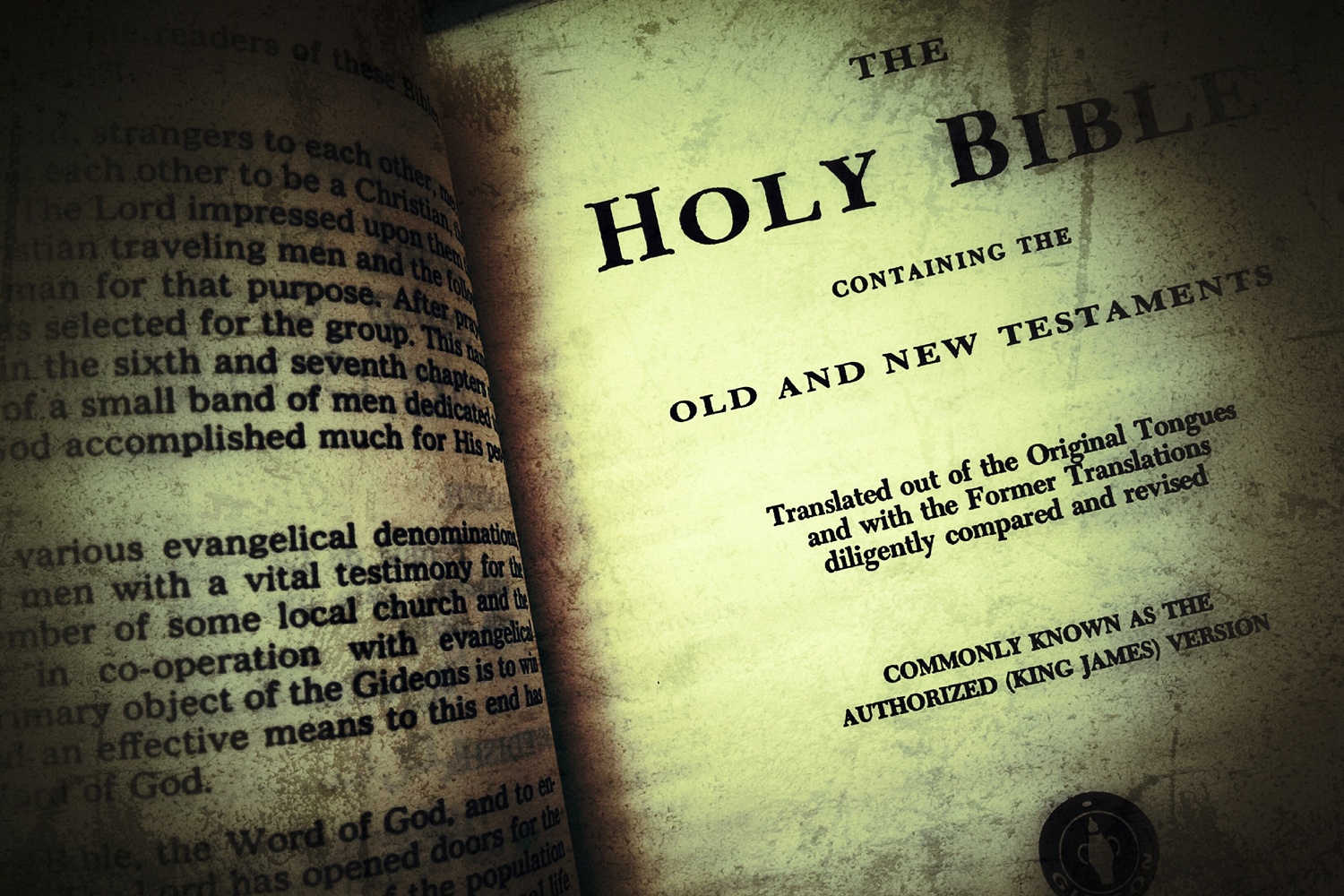In the first post of this series, we began our study of how Christians should wrestle with the law codes from the Torah (Genesis–Deuteronomy). Today, we turn our attention to how Covenant Theology (CT) helps some Protestants understand the Christian’s relationship to the law codes. In particular, CT stands as the older of the two main Protestant approaches, and many Christians employ all or some of its insights. While I will state my disagreements with portions of it in a later post, it will be helpful today to give a proper hearing to a critical, significant and popular answer to our question: what should I do with the law codes?
CT emerged from the wake of the Reformation as some Protestant scholars sought to hold the Scriptures together and clarify their understanding of the Christian faith as a coherent whole in a systematic fashion. Their solution began with pondering the relationship between God and man. Specifically, they began with the notion that all humanity has been judged under a singular covenant of works and may be redeemed only by the covenant of grace (redemption). Simply put, all humanity failed the covenant of works, except Christ. When a sinful man trusts Christ, however, Christ’s fulfillment of the covenant of works makes possible the sinner’s redemption in the covenant of grace (redemption).
There remains for CT, therefore, the notion that all men live in Adam under the covenant of works, which, in a very simple sense, can be thought of as the complete obligation that every man owes to God. As such, what God expects of man forms genuine continuity from the pages of Genesis to Revelation and beyond these pages into the life of the reader. This claim of continuity meets resistance, however, within the Torah itself because the description of obligations given to Adam, Noah, Abraham and Moses differ. The author seems to depict unique particulars for each of these men and their days with divergent covenants and laws. How is it, in other words, that Adam in the garden, Noah in the ark, Abraham under the stars and Moses at Mt. Sinai share common requirements from God if Adam is shown with one law regarding the fruit of a tree, Noah with one command to build an ark, Abraham seemingly having no laws and yet obeying His voice and Moses carrying more laws than can be consistently counted?
For CT this question is a matter of perspective. That is, in this approach the Torah unfolds at each of these points in its story different aspects of God’s common requirement. The continuity for CT stems, more precisely, from thinking of these variances as different “levels of detail” in the study of the same object: God’s law and will. As a matter of illustration, CT asks us to think of the differences in the number of laws and their specifics from Adam to Moses as being similar to different “zoom levels” on a camera. The photographer, that is, the biblical author pulls back pretty far for his portrait of God’s command to Adam, so we can only see one law. However, if we could zoom in on that one law that Adam receives, we would see the Mosaic law codes embedded within it and alongside of it. The author, in other words, zooms into the details of God’s will and laws at Mt. Sinai and grants us a detailed depiction of life according to God so that we can see all of the details that we cannot see in Adam’s story. The common requirement yields a variety of presentations, but these variations convey the same substance for the reader, which stretches these obligations even to him.
These Mosaic laws, therefore, reveal an obligation on all humanity in CT because we must first recognize our failure under the covenant of works in order to find repentance and life in the covenant of grace by faith in Christ’s works. As such, CT places us under the Mosaic law codes’ requirements, but it also provides us a way out from under them as well. This approach’s strength lies, more precisely, in how it organizes these laws so that we have a crystal clear understanding of what portions of these laws apply to the Christian living today after the resurrection and those laws that do not.
To understand what CT does at this point, let’s compare the Torah’s law codes to that of a jumbled box of Christmas lights that are waiting in the garage to be organized before they can be used. Part of my job each December is to unwind these corded lights into an order and, in so doing, discover which string of lights are actually there. I intend, obviously, to move from a mess of lights into an organized arrangement of them that will then allow me to dress up the house. It will offer me the chance to rightly use the lights. How I divide them will affect how I use them. My only hope is to make sure that I find a use for each light.
In the same manner, CT takes the “mess” of many laws in the Torah and arranges them into three groups, three strands of lights as it were: moral, civil and ceremonial. First, moral laws provide instructions on how all men must behave before God and other men. Second, civil laws stand as specific rules for the nation-state of Israel to honor God as a people at that time. Third, ceremonial laws define the cultic worship of God’s people in relationship to the tabernacle and the temple. These intuitive categories give a good way to understand the role of each law and what we should do with them.
CT rightly claims that Jesus in His life on earth perfectly obeyed the moral, civil and ceremonial aspects of the law codes. We, as His followers, must follow His example, but we must do so by recognizing what the cross has done. Specifically, He fulfilled the ceremonial part of the law codes with this sacrifice, but His sacrifice is also once for all, even all of us. Therefore, CT contends that we do not obey the ceremonial law codes or its ceremonial aspects. Christ accomplished that for us on the cross. In a similar manner, CT contends that the civil portions of the law only applied to the nation-state of Israel at that time. Such law codes or the civil aspects of such no longer apply to the Christian because that civil state no longer exists. Even modern Israel is not a theocratic monarchy. So, what is the Christian left with from the law codes: the moral laws. These moral laws, typically, are reduced down to the Ten Commandments and its corollaries. Page by page, CT empowers the Christian to divide the Torah’s law codes or at least aspects of a particular law code into these three groups. The Christian obeys the moral law codes and rejoices that the civil laws have expired and that the ceremonial law codes were fulfilled in Christ. It focuses the reader on his moral obligations with crystal clarity and equips him to understand what God requires of him.
Beyond this starting point, CT rightly reinforces the negative aspect of the law codes. That is, these Mosaic law codes do not justify any man but constantly reveal our failures before God. As such, the law codes do not directly communicate the gospel but instead prepare the foundation for it by undergirding the depth of our sin and the need for a savior. This focus on the negative aspect of the law is clearly, at least, part of what these law codes do, but it begs a more important question: does CT theology leave space for the good of the law as Psalm 119 describes? In what way are the laws good? Are they good only in showing us how bad we are, or is there more to its goodness?
Alongside this question, another more basic one will be asked of CT in the coming weeks: is this three-part systemization of the law codes an outside imposition on the text? Does the text provide another system, pattern or code to understand these law codes that is distinct from these three categories? Christians do not agree on the answers to these questions. Neither do they agree on the significance of these questions in the larger patterns of Scripture. There is room for genuine disagreement. That being said, no matter the particular answer to these questions that we prefer, we can rest assured that CT helps Protestants to understand our relationship to the law codes. It would be foolish to ignore these insights, just as it would be foolish to not test them. Indeed, a test of all of our ideas is good and right. We trust God in the meantime to guide us in these upcoming posts through what we should do with the law codes. Our questions and answers have only begun.





No Comments